The concurrent development of product designs and process designs, typically to achieve a balance of customer requirements, product functionality, and predictable buildability, is one effective technique in the pursuit of industrialized construction. Too many customer requirements and functions, and the product becomes difficult and unpredictable to deliver. Too much focus on cost & manufacturability and the product falls short of customer expectations.
This presentation discusses the application of Product, Process, and Resource modeling as a critical enabler to industrialized construction. Modular product architecture, comprehensive work packaging, and standard production processes are applied to a configurable system of products for use in a specific type of industrial project, the hyperscale datacenter. A 3D manufacturing simulation platform is used to concurrently design and simulate product, process, and resources (PPR) such as equipment, cranes, and crews. The comprehensive PPR model supports production engineering, optimization, re-use, and production automation.
The resulting impact on a global program of hyper-scale datacenters will be discussed, along with implications for adjacent industries such as pharmaceutical production, residential construction, and more.
Keywords: Product; Process; Modular; Product Architecture; Work Packaging; Production Engineering; Datacenter; Resource Modeling; Hyperscale
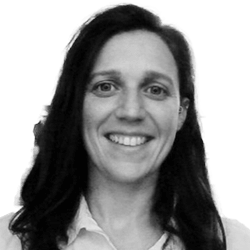
Hannah works at A.G. Kunz, an engineering and consulting company focused on integrated design & construction. She is the Program Manager of the Field Integration and Assembly department, which is responsible for process management and productizing deliveries of large construction projects.Hannah received her masters in mechanical engineering fro ...

The construction industry is known for superlative mega-projects, impressive in their scale and complexity as stand-alone projects. Vast economic and technological growth over the last 75 years has led to a new generation of global corporations, in need of global networks of interconnected mega-projects. These industrial programs and their physical infrastructure defy common prefixes such as mega.
The datacenter industry, in development for most of the past 75 years but now experiencing explosive growth and innovation, has adopted the term hyperscale to refer to the massive, building-scale computer facilities now networked around the globe powering the internet and providing a set of services these days referred to as “the cloud,” a network of facilities that can flex, scale, or hyperscale up to meet demand. (We see this need to be able to flex at scale in pharmaceutical production, warehousing & logistics, and in many other industries.)
The demand for hyperscale facilities began to exceed the ability of existing colo-providers and the AEC industry to deliver capacity around 2003, early in the development of the major internet tech companies such as Google. This led to a number of industry initiatives to drive design & construction productivity up, to achieve more, faster, with the same or less resources. Supply chain constraints, increased capacity demand, and the associated rising costs are major challenges faced during construction that have only been exacerbated in recent years. Lead times for generators, chillers, and UPS containers are two to three times longer than they were during pre-pandemic levels.
In the face of these obstacles, configurability, modularity, prefabrication, and repeatable processes are deployed in the pursuit of industrialized construction, in an effort to construct these colossal facilities around the world.
We view an industrial project as a series of products to be integrated - integrated in the design environment, the production environment, and eventually the site environment where the facility of interest is built and operated.
Product design and process design have typically been developed in isolation from one another, due to organizational, contractual and skill fragmentation in the typical project delivery team (one team designs the product, another team builds it, a third team operates it, and so on.)
The simultaneous design of Product and Process is an effective technique to increase efficiency throughout the design and construction phases in global construction. Extending this product / process focus to take advantage of the production benefits of industrial manufacturing leads us to industrial product design - the practice of conceptualizing products that are manufactured through mass production techniques, an extension these days referred to as Industrialized Construction.
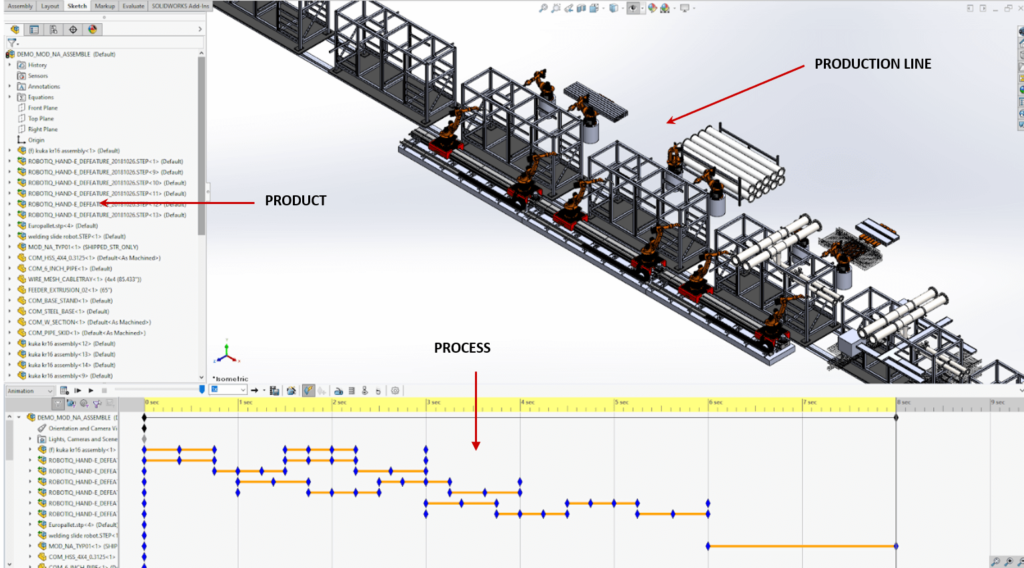
Where many industrial construction initiatives are focused on the application of offsite prefabrication, a more holistic approach to product development including requirements, product architecture, configuration rules and a system-as-a-whole approach helps drive results on large scale programs. There are caveats: a high number of product objectives causes the product to become difficult to design, deliver, and install properly. Over-prioritization of low cost and ease of manufacturability leads to products that don’t meet end customer needs.
Where construction scheduling is typically focused on administrative aspects of contracting, scheduling, and activity planning - effectively date management and reporting, manufacturing process design prioritizes supply chain component Bills of Material, actual production steps and sequencing (e.g. Bills of Process), and the production system control.
Applying Product and Process design enables an optimized balance between customer requirements and the ability to deliver the project on schedule and within budget. Extending the product | process approach to include resources such as equipment and labor supports project optimization by reducing variability and maximizing predictability. Further extending this to include modular product architecture, assembly work packaging, and systematic installation processes in a single platform allows for development, implementation and control of ideal production.
The concurrent design of product, process and resource, collectively referred to as the PPR, is a longstanding practice in the automotive and aerospace industries that began in the 1980’s.
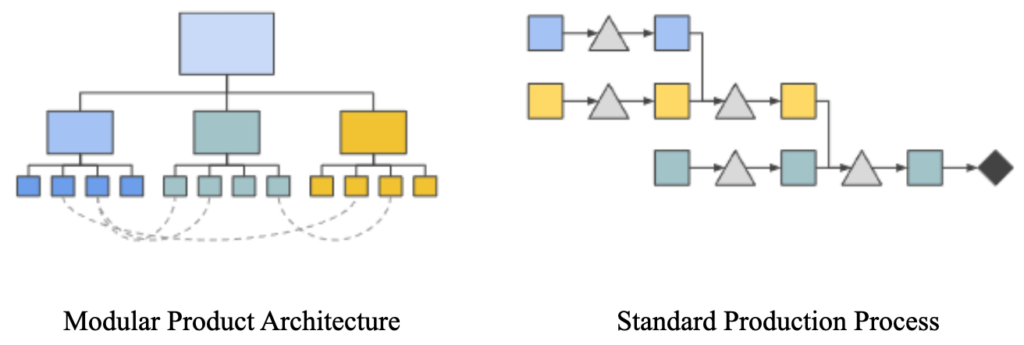
Around 2021, a datacenter engineering team was introduced to synthesize product, process and resource design to drive repeatability across a global fleet of datacenters, under the label of Production Engineering; the group is referred to as the CAPE team (computer aided production engineering). CAPE is focused on developing, optimizing and verifying repeatable production processes for products, field teams and their project sites around the world. The datacenters we are discussing are the integration of ~30 major products, each built-up from a series of configuration choices and options.
The practice behind CAPE is to utilize sophisticated 3D and process modeling systems that combine Product, Process, and Resource, to solve and verify complex installation problems and manage the extensive details associated with the build of a datacenter. The CAPE environment looks at an entire project at once, not at each part of the facility in isolation. It manipulates the construction aspect of building a data center as a system, using context, equipment, and people as components in the system to be modeled and optimized.
The PPR begins with the product. All parts of the data center are modeled in 3D to a production level of detail (not indicative - mechanically correct) to verify constructability. Design issues, conflicts, and exclusions, especially among different subassemblies that must integrate onsite, are highlighted and rectified. Context is built around each division of the data center; ground, foundations, roads, and nearby structures are modeled alongside manufactured products to create a wholly virtual environment.
Modularity of design and assembly is prioritized everywhere. Complete facilities that once took months to configure now take about 117 minutes, thanks to the modular product architecture, standard interfaces, robust product development, and associated supply chain. Prefabrication and modularity “not only cuts construction times but also reduces costs and improves safety, quality, and sustainability, since more work takes place in controlled manufacturing settings.” Specified equipment used for installation are then modeled and brought into the simulation, placed strategically throughout the construction site. Size, spacing, location, and movement of equipment is validated.
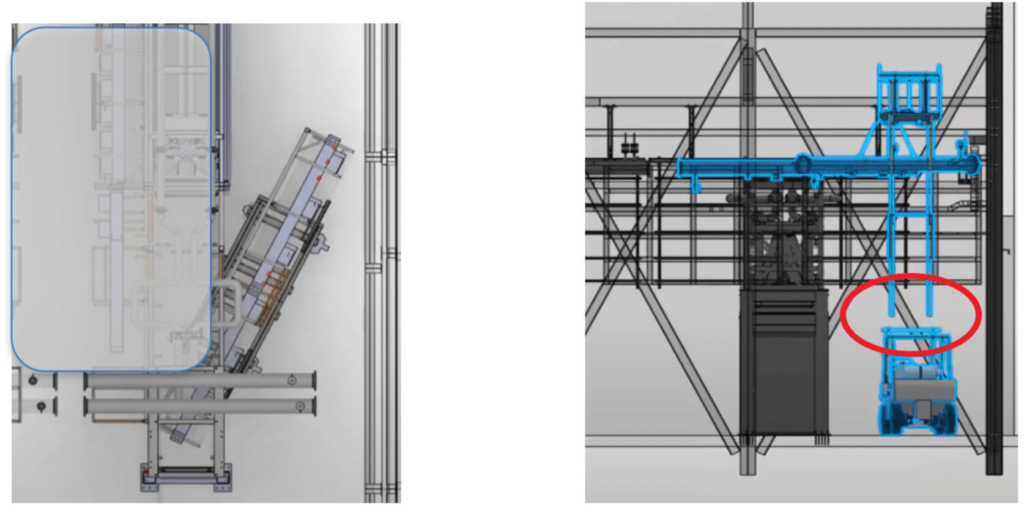
The Process planning of the simulations refers to the actual production steps and sequencing of the project and associated products. Substantial work packaging is created to drive standard and repeatable installation processes. Work packages are identified by trade and divided by logical and manageable scopes of work. Products and parts of products are assigned to work packages. The modular items of a product have a delineated optimized installation sequencing in every work package. Through software that uses PPR, the user is “able to make…desired modifications to the plan by simply dragging and dropping parts or entire process nodes from one step in the plan to another,” effectively leveraging different sequences and processes in a virtual environment.
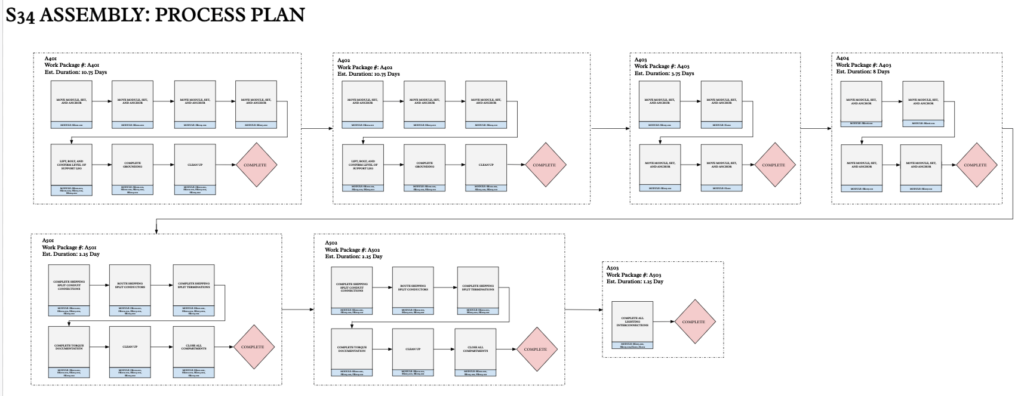
Resource modeling is the final step of the PPR, where equipment and labor are integrated into the CAPE environment. Time-related information is manipulated in tandem with digital resources allocated to work packages. Individual people, crew size, time frame, and space available are input, manipulated, and optimized with a focus on resource reduction & reuse.
Using these inputs, one can study the accessibility of a person fitting in a space for installations; the amount of people can be altered to determine the ideal number a space can efficiently hold. Simulations are run to consider different amounts of vehicles and their directions, foot traffic, and storage of deliveries, and how they might affect schedule and constructability.
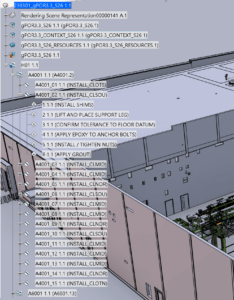

The integrated approach to PPR into a single platform enables “continuous, dynamic simulation of
product performance and manages the effects of change on the product, its processes and resources.” This is particularly useful on a program of datacenters where the supply chain and installation crews are different each time - in the face of this organizational variability, maintaining consistency of the product, process and resources becomes a critical enabler of managing complexity.
Design modeling is a common practice, with little to no focus on repeatable production processes. In AEC the focus many times devolves to finding and reducing design clashes, leaving production and resource management to others, who themselves may not be incentivized to perform in an optimal manner, along with AE design firms whose industry template contracts and E&O insurance providers specifically forbid them from partaking in “means and methods.”
Incorporating product, process and resources into the CAPE environment drives less variability in procurement, planning, and construction, and can be applied to projects of any scale. Modeling the location of large scale equipment, such as cranes, at the beginning of a project impacts multiple aspects of planning, delivery sequence and more. Simulating several locations of a crane presents different sequencing options of installing the facilities, instructing what the supply chain manufactures first. Large equipment location dictates where people are permitted to safely work, affecting installation durations and sequencing. Throwing more people at a problem in the field is a typical solution for decreasing installation time, regardless of evidence that more people, and more WIP, in fact slow things down.
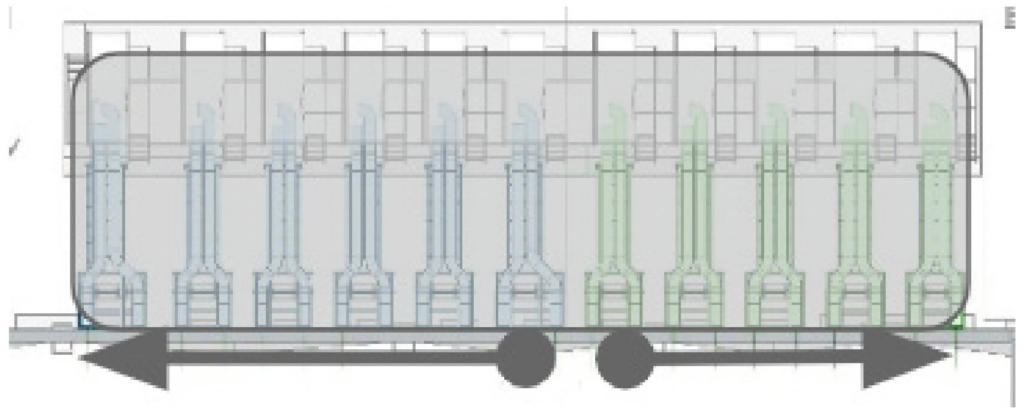
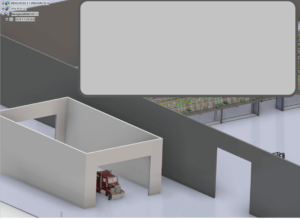
As demonstrated in Figure 9, designing and planning using the PPR model resulted in time and costs saved. In this particular case, a system was redesigned to be more modular and repeatable in the installation: Module repeatability increased from 59% to 95%, and installation labor hours decreased by almost half.
Figure 10 displays the results of applying PPR to an entire datacenter. Installation hours decreased by half and the amount of single-use modules decreased by 37%.
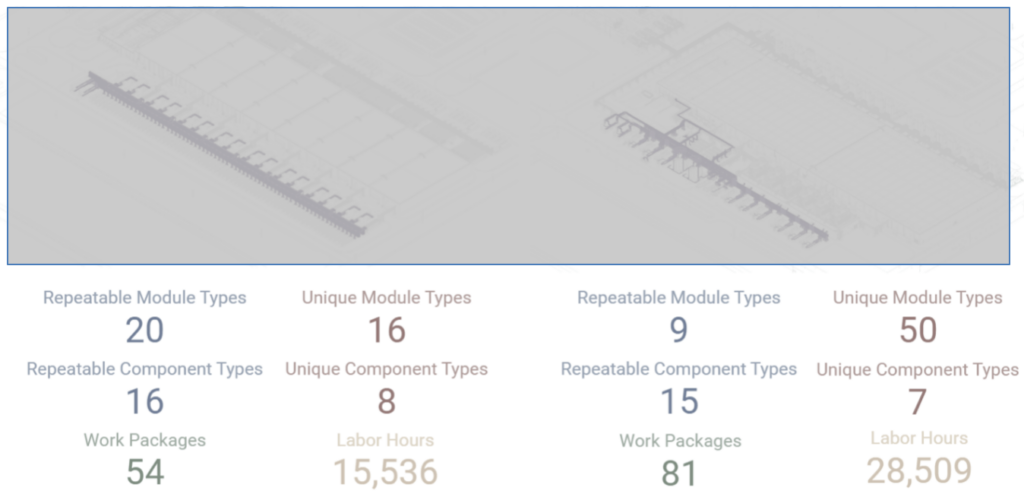
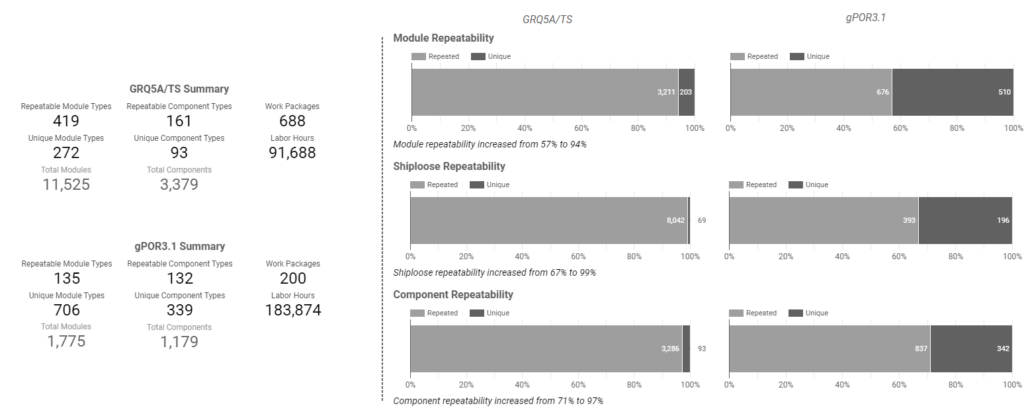
PPR models can scale work to be done and space available by adding or subtracting people and usable areas as resources in the simulation, in effect helping to design the optimal WIP for a production system.
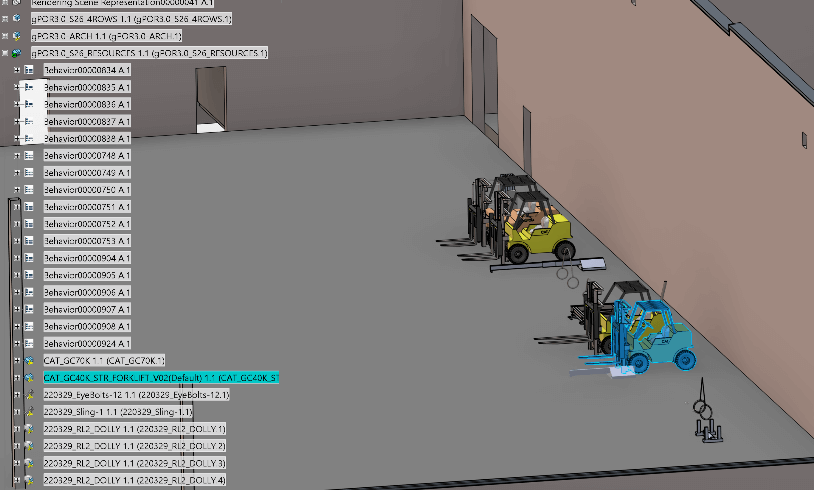
Modeling and simulating equipment demonstrates if the equipment specified is capable of what needs to be done. Anecdotally we observe significant parks of equipment on datacenter sites going unused - Standardizing on equipment across sites helps reduce the volume of underutilized equipment and simplifies precon & procurement activities. For potential new methods of installation, 4D simulations of the equipment verifies the capability of equipment proficiently. Testing maximum height and turn radius can confirm equipment aptness before it’s needed on site.
The CAPE environment allows the user to determine how best to approach a new product design,
especially given a fixed set of production resources such as machine tools, robotic welders, and related equipment. Product designs are developed to support rapid tooling changeover, further enabling robotic automation. A design may call for two or more people to install a commodity product. However, resource modeling shows that only one person fits in the designated space. A design free of clashes does not equate to a constructible product. Resource modeling and investigation in the PPR environment cuts significant rework and time off of a project.
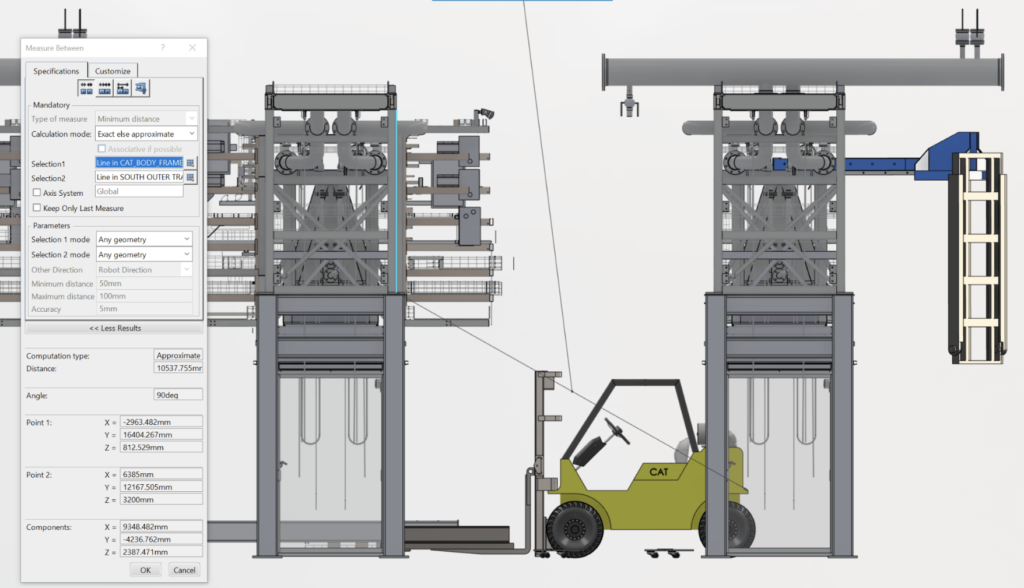
Our focus on the system as a whole and optimizing for product, process, and resources is at times interpreted as antagonistic to conventional business and organizational models of vendors in the supply chain. As a result, program-level designs and production processes released to local project teams for implementation do not always get adopted. This leads to duplicative preparatory work including design, but even worse this leads to finished products that diverge from program intent, adding uniqueness to the program in the form of added time, added cost, and added operational complexity.
Robust owner support and perseverance by CAPE teams including production facility & project site access is critical to working through the inevitable resistance that will arise from first, second, and third-tier suppliers that remain focused on their individual efforts rather than the program as a whole.
The future state of CAPE and its focus on Product, Process, and Resource is focused on more robust Resource Planning. The wide variety of regional resource capacity remains a source of variability, despite standard products & processes. Resource management in simulations can go beyond large machinery and the number of people on a construction job. Leveraging available space, increasing automation, tailoring the material delivery schedule to nominal, and then actual, site demand, and reducing the number of times material is moved, are all examples of aspects of construction that may be optimized through the CAPE approach.
Another area of future development is in production automation. As product designs and process designs mature, they lend themselves to robotic fabrication, assembly, and installation where rigid repeatability is required. With the PPR in place, this industrial automation becomes much more accessible with reduced tooling changeover and the streamlined flow of CNC data from design to production.
Product, Process, and Resource planning are used to study hypothetical scenarios to reduce mistakes and unknowns during installation. When optimized simultaneously, PPR verifies optimal design, installation, equipment, and schedule. Through the combination of Product, Process, and Resource, the CAPE environment employs “lessons learned” without having to go through the process of learning on-the-job. When implemented at a hyperscale level, PPR is a vital instrument in achieving the interests of multiple stakeholders. The impact of this optimization in the pursuit of industrialized construction is vital for hyperscale construction sites.
1 https://en.wikipedia.org/wiki/Hyperscale_computing
2 https://barroso.org/publications/IEEEMicro2021.pdf. Also see the seminal book “The Datacenter as a Computer.” https://link.springer.com/book/10.1007/978-3-031-01761-2
3 https://www.datacenterknowledge.com/dcim/catching-data-center-construction-constraints
4 https://projectproduction.org/journal/concurrent-digital-engineering-for-capital-projects/
6 https://www.designingbuildings.co.uk/wiki/Construction_process
7 https://en.wikipedia.org/wiki/Deneb_Robotics
8 https://www.datacenterknowledge.com/investing/investing-rising-data-center-economy